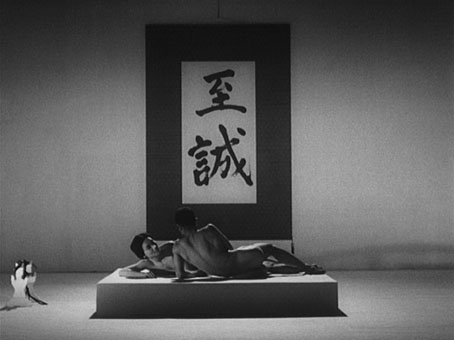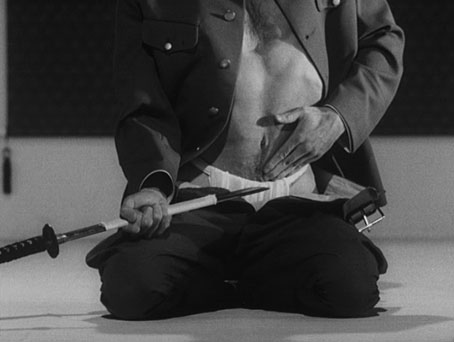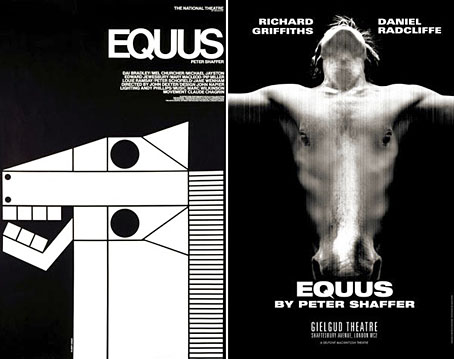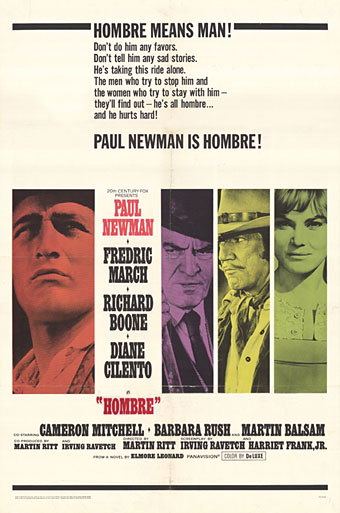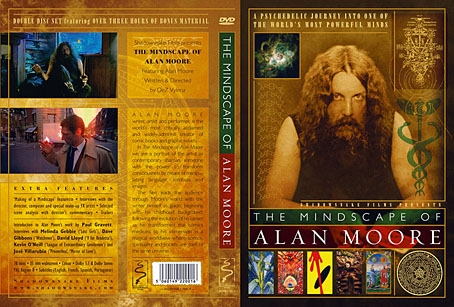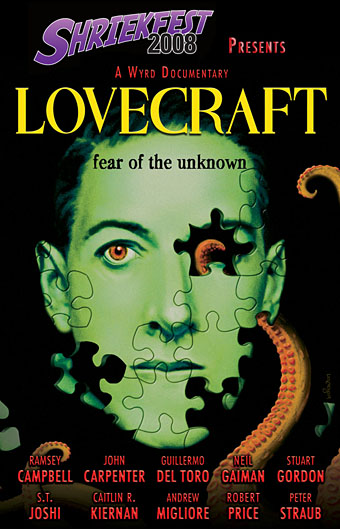Yukio Mishima’s extraordinary, little-seen 28-minute film Yûkoku aka Patriotism aka Rite of Love & Death (1966) was released on DVD earlier this year via Criterion. You can also see it now on Ubuweb.
Playwright and novelist Yukio Mishima foreshadowed his own violent suicide with this ravishing short feature, his only foray into filmmaking, yet made with the expressiveness and confidence of a true cinema artist. All prints of Patriotism (Yûkoku), which depicts the seppuku of a army officer, were destroyed after Mishima’s death in 1970, though the negative was saved, and the film resurfaced thirty-five years later. New viewers will be stunned at the depth and clarity of Mishima’s vision, as well as his graphic depictions of sex and death.
Previously on { feuilleton }
• Secret Lives of the Samurai
• Guido Reni’s Saint Sebastian
• The art of Takato Yamamoto

